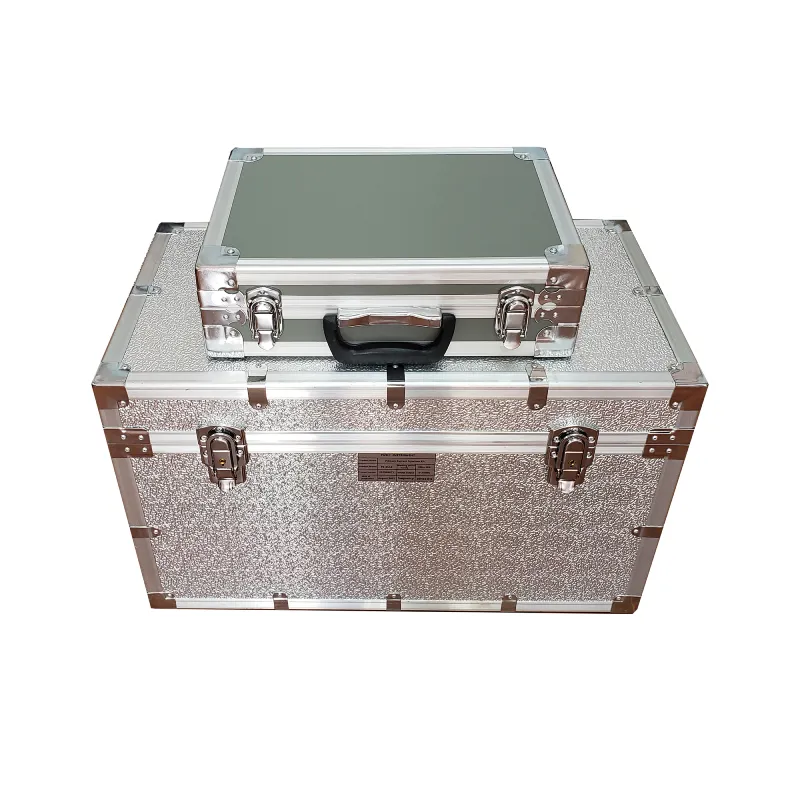 English
English



-
 Afrikaans
Afrikaans -
 Albanian
Albanian -
 Amharic
Amharic -
 Arabic
Arabic -
 Armenian
Armenian -
 Azerbaijani
Azerbaijani -
 Basque
Basque -
 Belarusian
Belarusian -
 Bengali
Bengali -
 Bosnian
Bosnian -
 Bulgarian
Bulgarian -
 Catalan
Catalan -
 Cebuano
Cebuano -
 China
China -
 China (Taiwan)
China (Taiwan) -
 Corsican
Corsican -
 Croatian
Croatian -
 Czech
Czech -
 Danish
Danish -
 Dutch
Dutch -
 English
English -
 Esperanto
Esperanto -
 Estonian
Estonian -
 Finnish
Finnish -
 French
French -
 Frisian
Frisian -
 Galician
Galician -
 Georgian
Georgian -
 German
German -
 Greek
Greek -
 Gujarati
Gujarati -
 Haitian Creole
Haitian Creole -
 hausa
hausa -
 hawaiian
hawaiian -
 Hebrew
Hebrew -
 Hindi
Hindi -
 Miao
Miao -
 Hungarian
Hungarian -
 Icelandic
Icelandic -
 igbo
igbo -
 Indonesian
Indonesian -
 irish
irish -
 Italian
Italian -
 Japanese
Japanese -
 Javanese
Javanese -
 Kannada
Kannada -
 kazakh
kazakh -
 Khmer
Khmer -
 Rwandese
Rwandese -
 Korean
Korean -
 Kurdish
Kurdish -
 Kyrgyz
Kyrgyz -
 Lao
Lao -
 Latin
Latin -
 Latvian
Latvian -
 Lithuanian
Lithuanian -
 Luxembourgish
Luxembourgish -
 Macedonian
Macedonian -
 Malgashi
Malgashi -
 Malay
Malay -
 Malayalam
Malayalam -
 Maltese
Maltese -
 Maori
Maori -
 Marathi
Marathi -
 Mongolian
Mongolian -
 Myanmar
Myanmar -
 Nepali
Nepali -
 Norwegian
Norwegian -
 Norwegian
Norwegian -
 Occitan
Occitan -
 Pashto
Pashto -
 Persian
Persian -
 Polish
Polish -
 Portuguese
Portuguese -
 Punjabi
Punjabi -
 Romanian
Romanian -
 Russian
Russian -
 Samoan
Samoan -
 Scottish Gaelic
Scottish Gaelic -
 Serbian
Serbian -
 Sesotho
Sesotho -
 Shona
Shona -
 Sindhi
Sindhi -
 Sinhala
Sinhala -
 Slovak
Slovak -
 Slovenian
Slovenian -
 Somali
Somali -
 Spanish
Spanish -
 Sundanese
Sundanese -
 Swahili
Swahili -
 Swedish
Swedish -
 Tagalog
Tagalog -
 Tajik
Tajik -
 Tamil
Tamil -
 Tatar
Tatar -
 Telugu
Telugu -
 Thai
Thai -
 Turkish
Turkish -
 Turkmen
Turkmen -
 Ukrainian
Ukrainian -
 Urdu
Urdu -
 Uighur
Uighur -
 Uzbek
Uzbek -
 Vietnamese
Vietnamese -
 Welsh
Welsh -
 Bantu
Bantu -
 Yiddish
Yiddish -
 Yoruba
Yoruba -
 Zulu
Zulu
transformer test kit
Understanding the Transformer Test Kit A Comprehensive Guide
In the realm of electrical engineering and testing, the transformer test kit stands as a pivotal instrument used to ensure the reliability and efficiency of transformers. These devices are vital components in the power distribution network, and their performance directly impacts the stability and safety of electrical systems. Hence, employing a transformer test kit is fundamental for both routine maintenance and troubleshooting.
A transformer test kit typically comprises various tools and equipment designed to conduct a series of tests on transformers. These tests can include insulation resistance testing, transformer turns ratio testing, power factor testing, and more. Each test serves a unique purpose and provides insights into different aspects of the transformer's health and functionality.
One of the primary functions of a transformer test kit is to assess insulation resistance
. Insulation resistance testing is critical for determining the integrity of the insulation within the transformer windings. Over time, insulation can degrade due to factors such as thermal stress, moisture ingress, and mechanical damage. A low insulation resistance reading may indicate potential failure, prompting preventative measures to avert costly downtime or catastrophic failure.Another essential test conducted using transformer test kits is the transformer turns ratio (TTR) test. This test measures the ratio of the primary to the secondary winding turns in a transformer. A deviation from the expected ratio can indicate winding issues, core problems, or other faults that could compromise the transformer's performance. By regularly performing TTR tests, operators can monitor changes in transformer characteristics over time, allowing for proactive maintenance.
transformer test kit

The power factor test is another critical aspect of transformer evaluation. It assesses the phase difference between voltage and current in the transformer, providing insights into the efficiency of power delivery. A high power factor indicates efficient performance, while a lower power factor can point to issues such as insulation degradation or winding faults. The data obtained from power factor testing can help guide operational decisions and maintenance schedules.
Digital transformer test kits have revolutionized the testing process, offering advanced features such as automated testing, data logging, and enhanced reporting capabilities. These modern tools facilitate easier use and increased accuracy, allowing engineers to make informed decisions quickly. Furthermore, the ability to store and compare historical data aids in evaluating transformer performance trends over time.
When selecting a transformer test kit, it is essential to consider various factors, including the types of tests needed, the voltage ratings of the transformers to be tested, and the specific features of the kit. Some kits might offer portability, while others may provide sophisticated analysis capabilities. It’s crucial to choose a kit that aligns with the operational requirements and the specific applications of the transformers in question.
In conclusion, the transformer test kit is an indispensable tool in the maintenance and operational management of transformers. By conducting regular tests, operators can ensure that transformers operate efficiently and safely, minimizing the risk of failures and maximizing service life. With advancements in technology, modern transformer test kits continue to evolve, enabling better testing practices and comprehensive insights into transformer health. Investing in quality testing equipment is not just a necessity, but a strategic move for any organization reliant on uninterrupted power supply.
-
Exploring the Main Types of Industrial Endoscopes and Their Applications Across IndustriesNewsJul.04,2025
-
Testing Equipment Industry Sees Major Advancements in 2025: Smart & Precision Technologies Lead the WayNewsJun.06,2025
-
Applications of Direct Current Generators in Renewable Energy SystemsNewsJun.05,2025
-
Hipot Tester Calibration and Accuracy GuidelinesNewsJun.05,2025
-
Digital Circuit Breaker Analyzer Features and BenefitsNewsJun.05,2025
-
Benefits of Real-Time Power Quality Monitoring Devices for Industrial EfficiencyNewsJun.05,2025



